Seismosaurus means "lizard that shakes the earth". It is now renamed as Diplodocus hardenii. It is the largest diplodocus in the Jurassic period and the largest dinosaur. The reason why it was called Seismosaurus before is because they can walk very quickly. It causes the earth to tremble, and an adult Seismosaurus (Diplodocus hardenii) weighs about 100 tons.
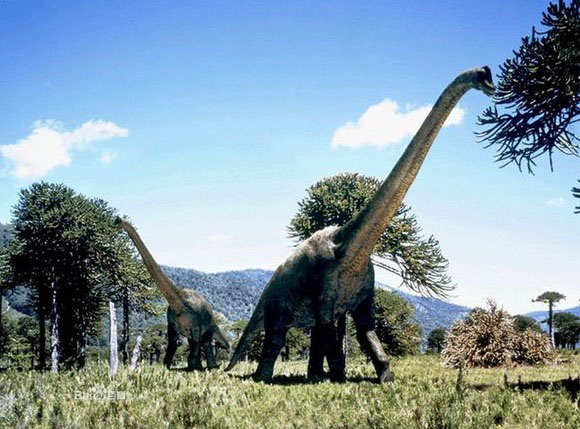
1. Physical characteristics of Seismosaurus
Seismosaurus was one of the larger herbivorous dinosaurs that lived in the late Jurassic period. With a tail slightly longer than its neck, a small head, and one toe with a claw, Seismosaurus was named after the partial skeleton that was discovered in New Mexico in 1979 and included the spine, pelvis, and ribs. The stones originally assumed to be gastroliths appear to be pebbles deposited by rivers. Seismosaurus was officially described and named in 1991 and belongs to the family Diplodocidae.
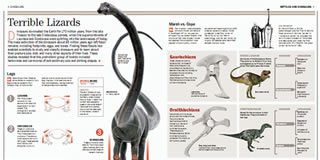
Like other diplodocoids, Seismosaurus had its nostrils at the front of its snout, but the nostrils on its skull were at the top of its head; its forelimbs were slightly shorter than its hind limbs, but Seismosaurus had a longer tail and a thick pelvis. . According to preliminary estimates, its length is at least 50 meters. However, it has shrunk to 29-42 meters long and weighs 22 tons.
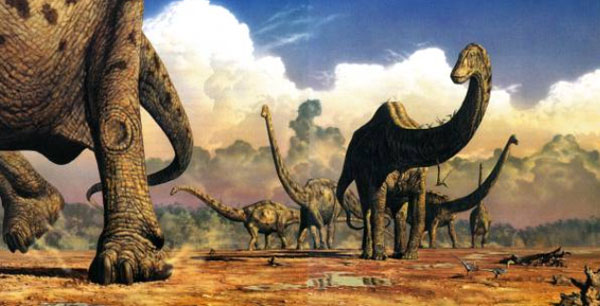
Among the 774 known species of dinosaurs, the body size ranks 6th.
Dinosaurs that are similar in size to Seismosaurus include Futaloncosaurus, Andesaurus, Puertaosaurus, Fragile Amphelosaurus, Argentinosaurus, Supersaurus, etc.
Seismosaurus is the longest terrestrial species that has ever survived on earth, and is naturally the "king of body length" in the dinosaur kingdom. Most of its skeletal fossils were unearthed, which is extremely rare among large sauropod dinosaurs, and also allowed people to understand it. Seismosaurus's neck and tail were extremely long, making its body appear short and fat in comparison. From this, it can be inferred that its weight may be lighter than Super Dragon.
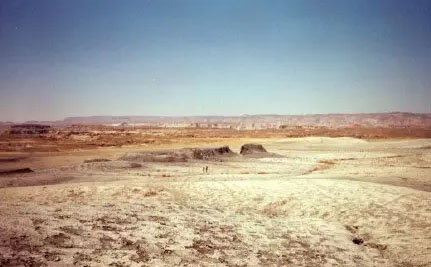
2. Fossils of Seismosaurus
Seismosaurus is the representative of the super-large dinosaurs. The first Seismosaurus fossil was discovered in 1991. Reference was made to the complete Diplodocus skeleton at the Carnegie Museum of Natural History in Pittsburgh, Pennsylvania. The skeleton had 13 tail vertebrae taken from other dinosaurs, so the length of Seismosaurus was estimated to be 30% longer. The dinosaur was 42-67 meters long and may have weighed more than 100 tons.

3. Habits of Seismosaurus
Like other diplodocids, Seismosaurus's teeth were only in the front of its mouth and were very small, allowing it to eat only tender, succulent plants. Its long, whip-like tail helps it ward off predators and drive away other small animals wherever it goes. It can be imagined that when the Seismosaurus is eating, its tail is constantly lashing.
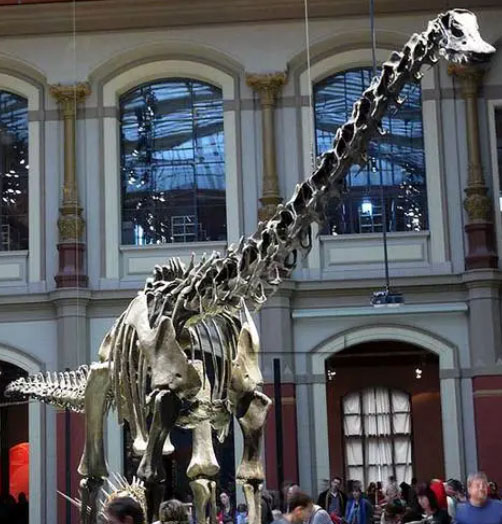
Seismosaurus was a huge dinosaur. Despite its huge size, Seismosaurus had a slender head. Its nostrils are on the top of its head. The front of the mouth has flat teeth, while the sides and back of the mouth have no teeth. Its front legs are shorter than its hind legs, and each foot has five toes, one of which has a claw. Seismosaurs move in groups and they walk very slowly.

Seismosaurs didn't make nests, they gave birth to baby dinosaurs as they walked, so the eggs formed a long line. They don't take care of their own children. Seismosaurus has a very small head, so it's not very smart.
Seismosaurus is a herbivore. When eating, it does not chew, but swallows leaves and other food directly.
animal tags: Dinosaur Seismosaurus Diplodocidae Fossil Supersaurus Sauschia Jurassic
We created this article in conjunction with AI technology, then made sure it was fact-checked and edited by a Animals Top editor.